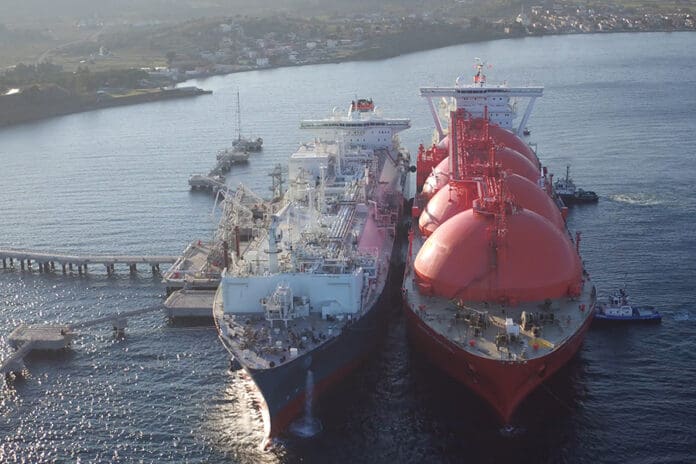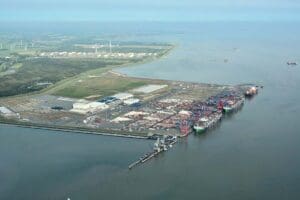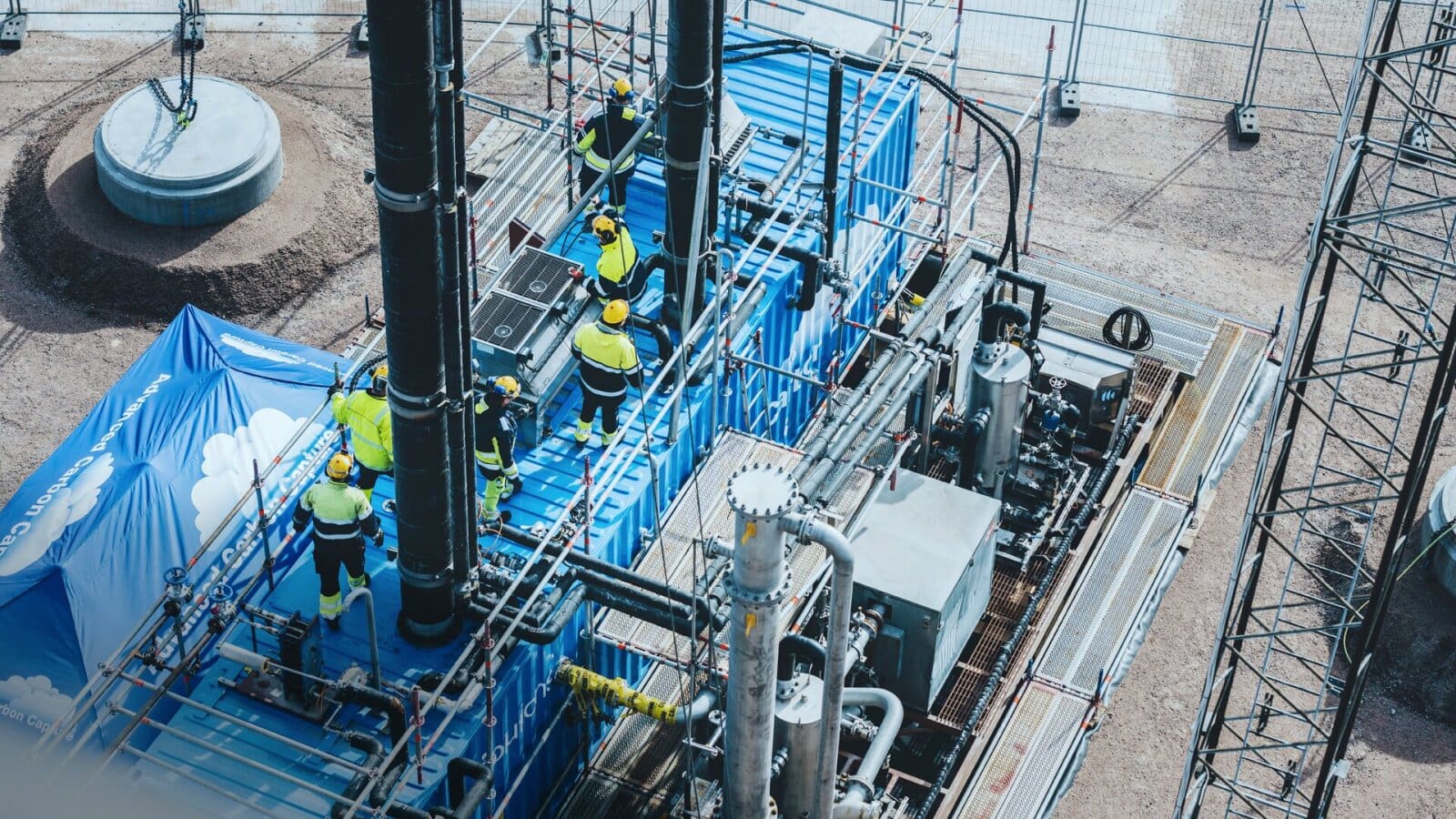
Reports indicate that Russian state-owned company, Gazprom, has decided to shut down the Nord Stream pipeline indefinitely due to mechanical issues. Nord Stream’s mechanical issues are nothing new, as Moscow has cited mechanical and other problems with Nord Stream for months. The more likely reason for the shutdown is a response to western sanctions, the latest being a proposed price cap on Russian oil to limit Moscow’s ability to profit from its war in Ukraine. The Group of Seven (G-7) nations, which proposed the cap, wanted to garner additional international support before determining a specific price for the cap. One headwind is that China and India continue to import Russian oil due to its low cost relative to alternatives. As economic growth slows, other countries may prefer to appease Russia and access its cheap oil than get enthralled in a political battle that threatens to turn the lights off.
The complete shutdown of Nord Stream was inevitable, as the pipeline has turned into one of the most powerful weapons in Russia’s arsenal as it pushes Germany, and potentially the European Union (EU), on the brink of economic collapse. It’s important to remember that Nord Stream 1 has been in full service since 2012, while Nord Stream 2 was a highly anticipated expansion project that was completed in September 2021 but failed to enter commercial service due to geopolitical tensions. The full capacity of Nord Stream 1 and Nord Stream 2 is 3.8 Tscf (110 × 109 m3) per year or 10.41 Bscf/d (301 × 106 m3/d). For context, the Permian Basin produced 16.7 Bscf/d (472 × 106 m3/d) in 2021. The Nord Stream capacity is now effectively wiped from the map, which disrupts the energy balance of Germany with ripple effects throughout western Europe.
Nord Stream 1 Volume Declines
In past years, Russia’s Nord Stream 1 pipeline supplied 58% of Germany’s natural gas needs. However, the pipeline, which runs along the ocean floor of the Baltic Sea, has become increasingly unreliable.
In July, Nord Stream 1 paused gas flows for 10 days due to scheduled maintenance. Throughout July and August, Russia threatened further shutdowns, blaming maintenance, equipment malfunctions, the need for improvements, and a host of other excuses. Throughout the conflict, skeptics argued that these complications were largely exaggerated, and that Russia was using Nord Stream 1 as a geopolitical weapon to reduce natural gas supply and inflict higher energy prices on the EU. Even during the early months of the conflict, data suggested that Nord Stream 1 volume declines were purposeful and not a result of unplanned maintenance.
Since Russia’s war in Ukraine began in late February, Moscow has slowly reduced gas flows via Nord Stream 1. In the first few months of the war, flows quickly collapsed to 60% of normal levels. In July, flows fell to 40%. Flows then fell to just 20% of normal levels in August. Maintenance or no maintenance, it is becoming clear that Germany and its allies need to construct an energy plan that functions without Russian gas imports. After all, it’s not just Nord Stream 1 that is tightening the tap. The EU imports around 40% of its gas from a network of Russian pipelines. If those pipelines suddenly ceased gas flows, the European economy would collapse.
On June 23, Germany’s Federal Ministry for Economic Affairs And Climate Action announced the country was moving from level one alert to level two alert for its Emergency Plan for Gas. The third and final level is emergency alert. Germany cited lower supply from Russia as its main driver for moving to level two. In late June, Germany’s natural gas storage levels were at 58%. At the time, the Ministry said it needed reserve levels to be upward of 90% by November, especially if Nord Stream 1 pipeline import volumes remained at 40% of less. More specifically, Germany hoped to get storage levels to 75% capacity by September 1, 85% by October 1, and 95% by November 1. Given that Nord Stream 1 pipeline volumes are now 0%, Germany will likely need to expand its reserve capacity on top of its existing reserve plan.
Boosting Reserve Levels
In response to these aggressive targets, Germany spent the summer ramping up its natural gas reserves. Gas Infrastructure Europe Aggregated Gas Storage Inventory (AGSI) data from August 21 said that the EU’s storage levels were 77.42% full, while Germany had successfully increased its storage levels to 80.14% capacity — putting it ahead of schedule to reach its winter goals. AGSI data said that Germany now has 195.5818 TWh of natural gas in storage, which is by far the largest of any EU country and makes up 23% of total EU storage levels.
Germany’s buying spree has been reflected in the price of natural gas. The Netherlands Title Transfer Facility (TTF) natural gas futures, commonly known as Dutch TTF, serves as the EU benchmark for gas import prices. Dutch TTF trades in euros per MWh with a tick size of 0.005 per MWh. On August 23, September Dutch TTF futures reached an all-time high of more than 295 euros per MWh. For context, Dutch TTF futures were between 18 and 30 euros per MWh in summer 2021 and between 60 and 115 euros per MWh last winter. In August 2020, TTF futures fell below 14 euros per MWh. Put another way, Dutch TTF prices in late August 2022 were up more than 10-fold in one year and up more than 20-fold compared to August 2020 levels. Natural gas prices this high are unsustainable and threaten to derail European industry.
Impact Of Higher Natural Gas Prices On German Residents
To help cushion the blow of higher energy costs on utilities and energy providers, Germany announced on August 15 that it would implement a levy of 2.419-euro cents per kWh starting on October 1, 2022. The levy is expected to remain in place until April 2024.
According to data by Reuters, the average German family of four consumes 20,000 kWh per year, meaning the levy will add roughly 484 euros per year to gas bills that already cost around 3568 euros per year. The average German family of four is now looking at 4000 euro or higher annual gas bills. For context, consider that annual electricity bills for the average US household are around just US$1500.

The German Economy Needs To Adapt To Higher Input Costs
German natural gas reserve levels indicate that the country should be on track to get through the winter. However, permanent loss of Russian import volumes means Germany will need new solutions for 2023 and beyond. Even if Germany can construct onshore liquefied natural gas (LNG) import terminals and contract floating storage and regasification units (FSRUs), it is still looking at higher energy prices for the foreseeable future.
On August 21, German Economy Minster Robert Habeck rejected a decision to extend the life of Germany’s three remaining nuclear power plants on account that they make up less than 2% of German gas supply. Germany has been vocal on its plans to lower carbon emissions while growing the economy. The short- to medium-term solution is based on LNG, while the long-term solution is focused on green hydrogen, wind, and solar energy.
The German economy is heavily dependent on industrial and manufacturing growth. According to the US Central Intelligence Agency (CIA) World Factbook, Germany’s gross domestic product (GDP) is 68% services, 31% industry, and 1% agriculture. World Factbook states that “agriculture includes farming, fishing, and forestry. Industry includes mining, manufacturing, energy production, and construction. Services cover government activities, communications, transportation, finance, and all other private economic activities that do not produce material goods.” The German economy is the second most dependent on industry (behind China) out of the 10 largest economies in the world. For context, the US economy is 80% services based, making it the most services-orientated economy of the 20 largest economies in the world.
Gross Domestic Product By Country (Listed In Descending Order Of GDP)
| Country | Services | Industry | Agriculture |
| United States | 80% | 19% | 1% |
| China | 52% | 40% | 8% |
| Japan | 69% | 30% | 1% |
| Germany | 68% | 31% | 1% |
| India | 62% | 23% | 15% |
| United Kingdom | 79% | 20% | 1% |
| France | 79% | 19% | 2% |
| Brazil | 72% | 21% | 7% |
| Italy | 74% | 24% | 2% |
| Canada | 70% | 28% | 2% |
| Russia | 62% | 33% | 5% |
| South Korea | 59% | 39% | 2% |
| Australia | 71% | 25% | 4% |
| Spain | 74% | 23% | 3% |
| Mexico | 64% | 32% | 4% |
| Indonesia | 45% | 41% | 14% |
| Turkey | 61% | 32% | 7% |
| Netherlands | 70% | 28% | 2% |
| Saudi Arabia | 53% | 44% | 3% |
| Switzerland | 74% | 25% | 1% |
Data Source: CIA World Factbook
Challenges For The German Economy
Like China, Germany is energy dependent and uses energy imports to fuel its economy. However, unlike China and other industrial and manufacturing-based economies, Germany relies on imports for the vast majority of its industrial economy. For example, China is the world’s largest producer of steel, aluminum, and other base metals. By comparison, Germany imports the second most steel of any country in the world. In fact, its steel imports account for around 7% of global steel imports.
The German economy is the fourth largest in the world thanks to a precise, complicated, and interconnected supply chain that relies on cheap inputs to sell finished goods at premium prices. If oil, natural gas, coal, timber, base metals, batteries, electronics, labor, and other inputs become more expensive, Germany’s only solution is to increase the price of its finished products. That strategy could fail if competing countries that source some of their own industrial inputs in-house (like the United States) or can get them for cheaper (like Japan) can sell comparable products for less. German engineering is arguably some of the best in the world, and deservingly results in premium prices for German products. Germany can do just fine in an environment of sector-wide price increases. However, because it competes on the global stage, Germany simply can’t grow its economy at the rate it is used to if it is forced to raise prices at a faster rate than competitors.
The long-term risk for the EU and other industrialized import-based economies is permanently higher manufacturing input costs, which could occur if geopolitical tensions disrupt global supply chains. For years, Germany has enjoyed incredibly inexpensive energy thanks to Russia. German energy costs may decline over the coming decades if it successfully builds out its LNG, hydrogen, and renewable energy infrastructure. In the meantime, these infrastructure investments will cost billions and are unlikely to result in low energy costs in the short term.
A Silver Lining
It’s hard to look on the bright side of Germany’s energy crunch. If there is a silver lining, it’s that there will be a growing need for products, services, and technologies that boost performance while lowering emissions. Germany’s investments in natural gas and LNG infrastructure are already going to be a huge win for oil and gas producers and equipment suppliers. However, Germany could end up depending on LNG for longer than expected if the industry continues to reduce its carbon footprint.
Environmental goals and emissions targets should not be solely based on the carbon intensity of the fuel when it is used — such as burning natural gas for power generation versus solar energy. Rather, the real environmental impact has to do with the entire supply chain. If the natural gas industry reduces flaring and is able to produce natural gas, transport it, cool it, condense it into LNG, and ship it overseas in a cleaner way, that will help its long-term viability in environmentally conscious industrialized economies. Similarly, equipment, parts, and component manufacturers that can make products that use less fuel to accomplish the same task have a massive market opportunity ahead of them.
Efficiency isn’t as important when economic growth is rampant and commodity prices are low. But when economic growth is slowing and commodity prices are rising, making processes more efficient and reducing fuel consumption becomes vital, if not mandatory, to avoid an economic slowdown. Germany’s economy is rightfully in the spotlight, but it is far from the only country that is being impacted by tight supply chains and rising commodity prices.
The disintermediation of global supply chains is going to make it more important than ever to do more with less. The companies that take advantage of this opportunity could unlock decades of value that previously didn’t exist.
















